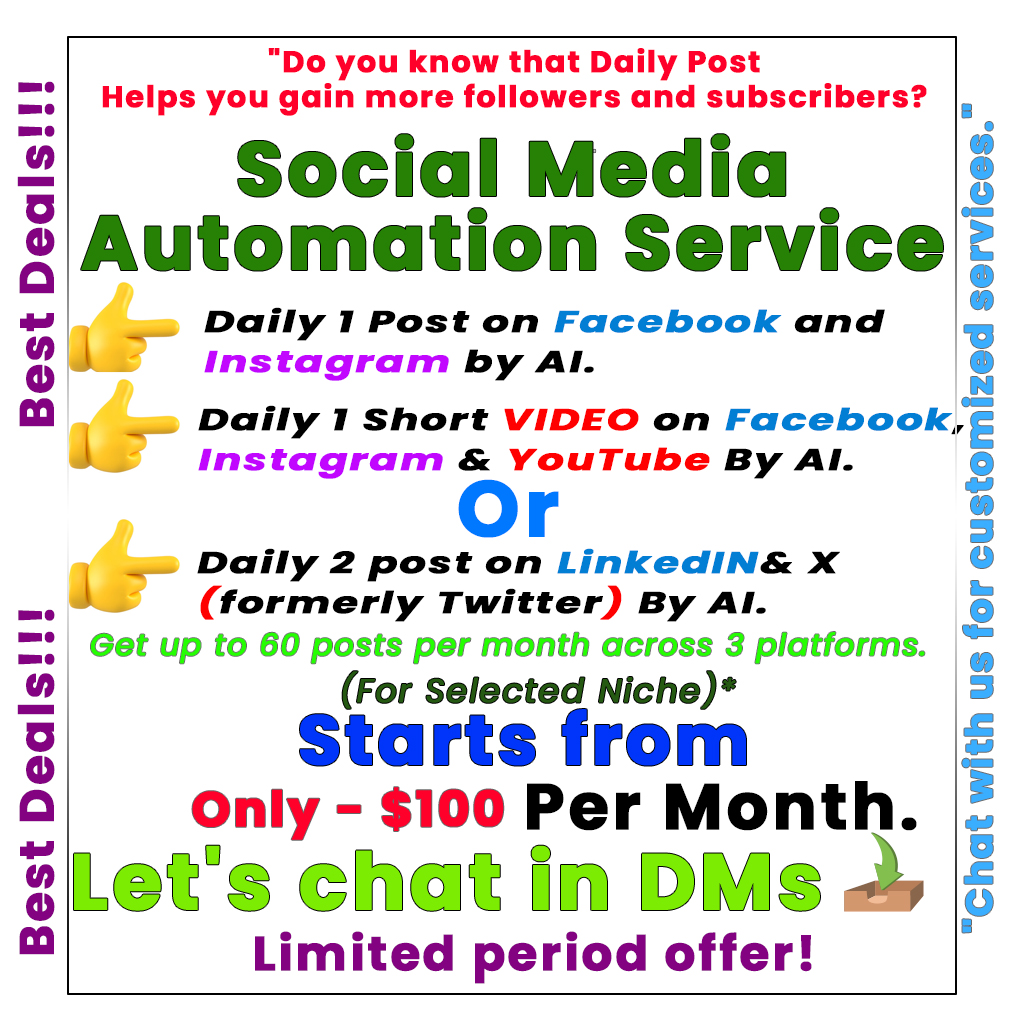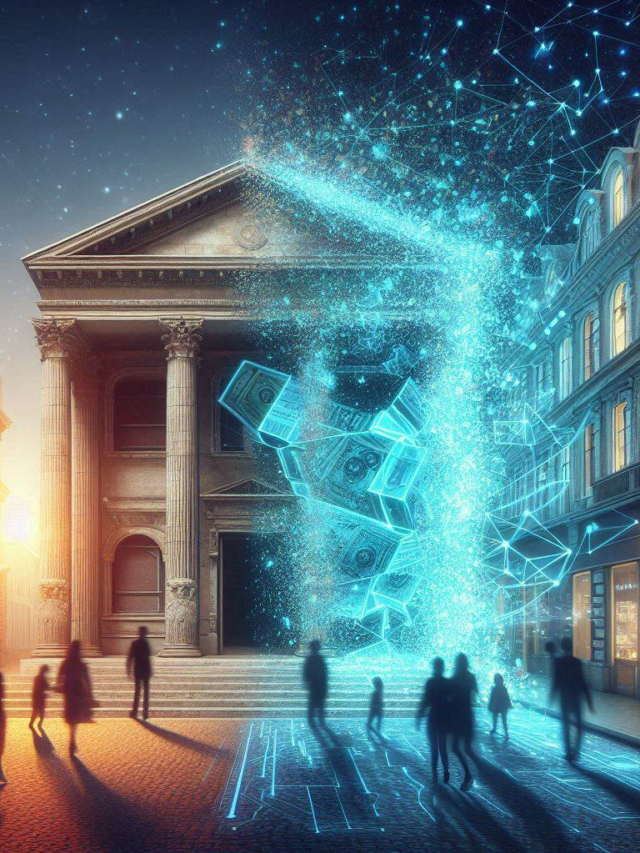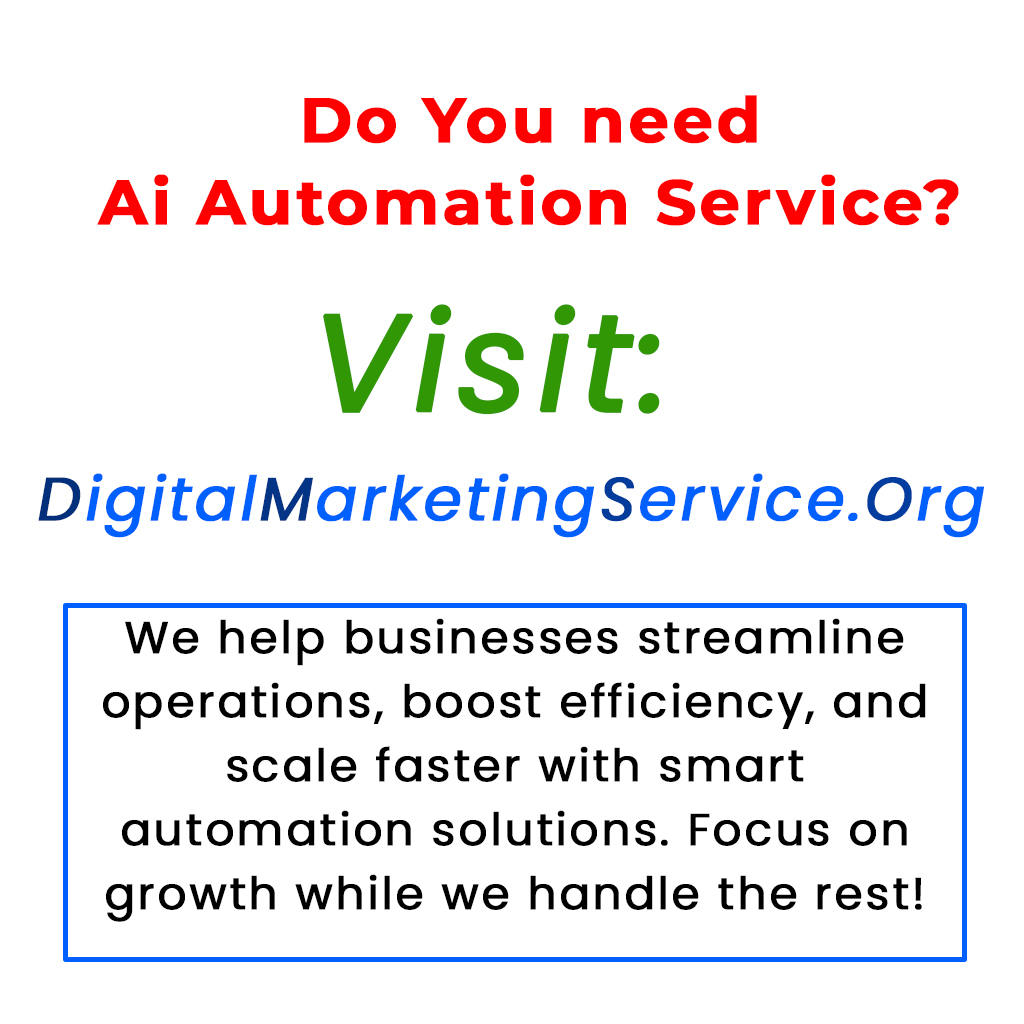Many Marketing teams struggle with AI-generated content that feels robotic and off-brand, leading to frustration. Traditional AI can create content quickly but often misses key details and consistency, while manual methods are slow. Retrieval-Augmented Generation (RAG) changes the game by allowing AI to access your brand’s specific knowledge base. This means it can produce content that matches your brand voice from the start, accurately reflects customer desires, and personalizes experiences. With RAG, AI learns from your successful campaigns and real customer data, making it a valuable partner in creating effective Marketing strategies. Ultimately, RAG helps teams focus on creative work rather than constant editing.
Are AI Tools Stuck in a Rut? Discover the Solution with RAG
Six tries later, and the content generated by AI still sounds robotic. We’ve all seen the type—corporate jargon like “leveraging synergistic solutions” doesn’t resonate with anyone. The crux of the matter isn’t just about pumping out more blogs; it’s about creating content that truly reflects your brand.
Today’s marketers face a dilemma: they can either rely on AI for quick outputs that often miss the mark or stick to manual processes that are slow and tedious. Fortunately, there’s a game-changing solution on the horizon: Retrieval-Augmented Generation (RAG).
What is Retrieval-Augmented Generation?
RAG is where AI meets brand authenticity. Instead of depending on generic, outdated training data, RAG allows AI to tap into your brand’s own knowledge base, including guidelines and customer behavior insights. This means that from the first draft, your content can align perfectly with your brand identity, making it feel personal and relevant to your target audience.
Why Traditional AI Doesn’t Cut It
Some organizations use AI to create content in bulk, but they often end up with output that sounds generic and lacks personality. The consistency of your brand’s voice can take a hit, and inaccuracies can creep in often, leading to mixed messages. For example, if your fashion brand launches a new clothing line and relies on standard AI, the product descriptions might be dull and not aligned with your unique style.
RAG Changes the Game
With RAG, your AI can genuinely understand your brand. Here’s how it transforms content creation:
– Intelligent Retrieval: It pulls relevant, real-time information to ensure accuracy and context in every piece of content.
– On-Brand Voice: Produces content that sounds like your brand right from the start, cutting down on editing time.
– Personalized Experiences: Tailors content and recommendations to suit individual customer journeys.
Imagine a customer searching for “comfortable work shoes.” With RAG, they’ll be presented with specific recommendations that genuinely match their needs rather than random outputs.
How to Implement RAG in Your Marketing Strategy
To harness the power of RAG, start by evaluating your digital ecosystem. Ask yourself:
1. Which customer segments deliver the greatest value?
2. Which digital experiences consistently perform well?
3. What kind of content needs the most attention?
Once you have that clarity, follow this playbook:
1. Prepare Your Materials: Gather brand guidelines, successful campaign examples, and customer insights.
2. Start Small: Pick one content type you often create and train your AI with your best examples.
3. Monitor Progress: Keep track of content approval rates, time saved by your team, and how well campaigns perform.
In Summary
Your Marketing team deserves more than an AI that complicates their work. They need an AI that understands your brand and your customers. RAG delivers this, allowing your team to prioritize strategy and creativity while keeping quality high.
Want to explore RAG further? Discover how to empower your Marketing team with an AI agent that works for them.
What is RAG in AI content?
RAG stands for Retrieval-Augmented Generation. It’s a method that combines retrieving information from a large database with generating new text using AI. This helps create more accurate and relevant content.
Why should our Marketing team use RAG?
Using RAG can improve the quality of your AI-generated content. It makes sure the information is up-to-date and precise, which leads to better engagement with your audience.
How does RAG help with content creation?
RAG helps by pulling in the latest data and facts, allowing the AI to create more informed and authentic content. This method makes the content more useful for your audience.
Is RAG easy to implement for our Marketing team?
Yes, RAG can be integrated into your existing content processes with the right tools and strategies. It requires some setup, but the benefits for content quality are worth it.
Can RAG work for different types of content?
Absolutely! RAG can be used for blog posts, social media, product descriptions, and more. It adapts well to various content needs to keep your Marketing fresh and engaging.






